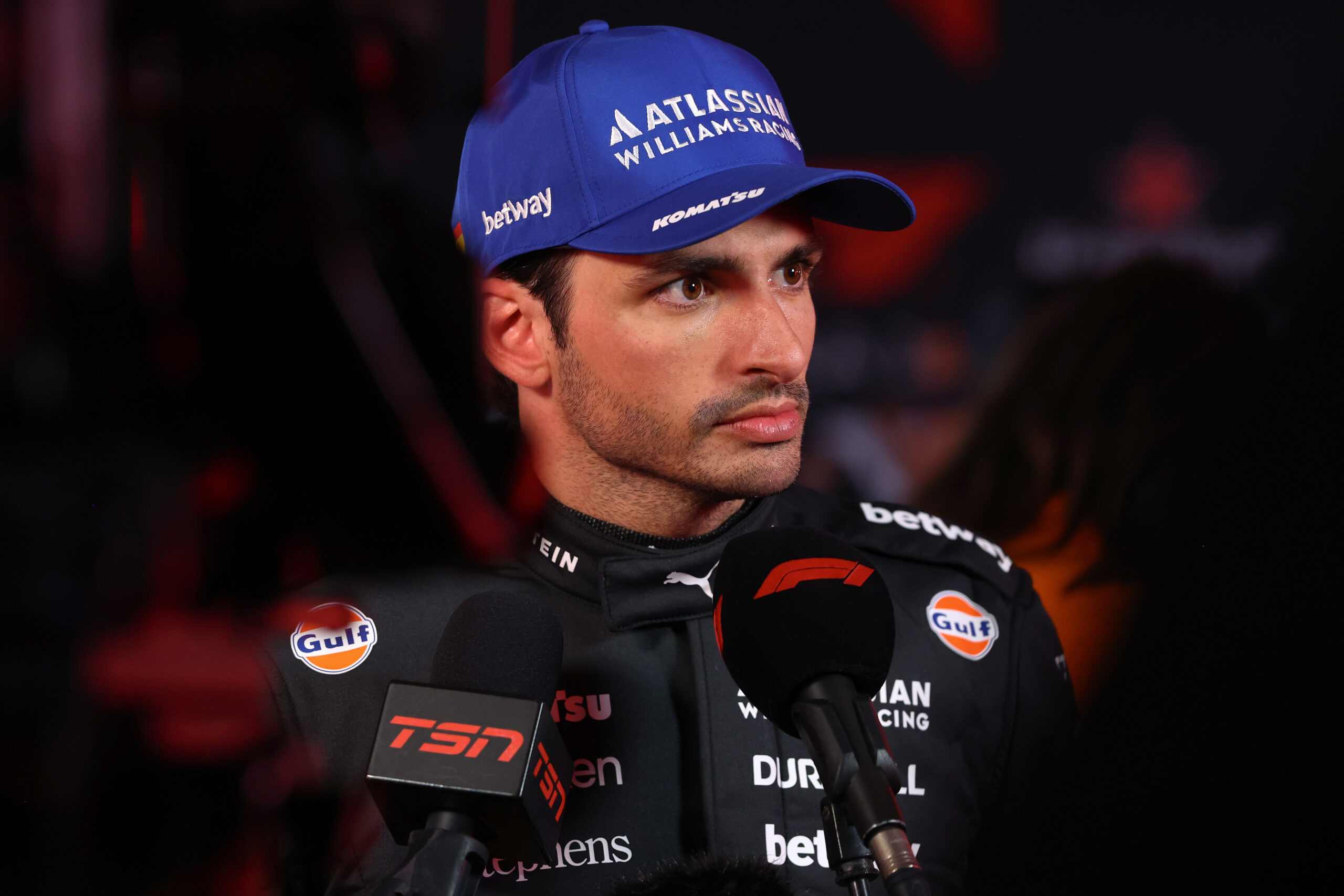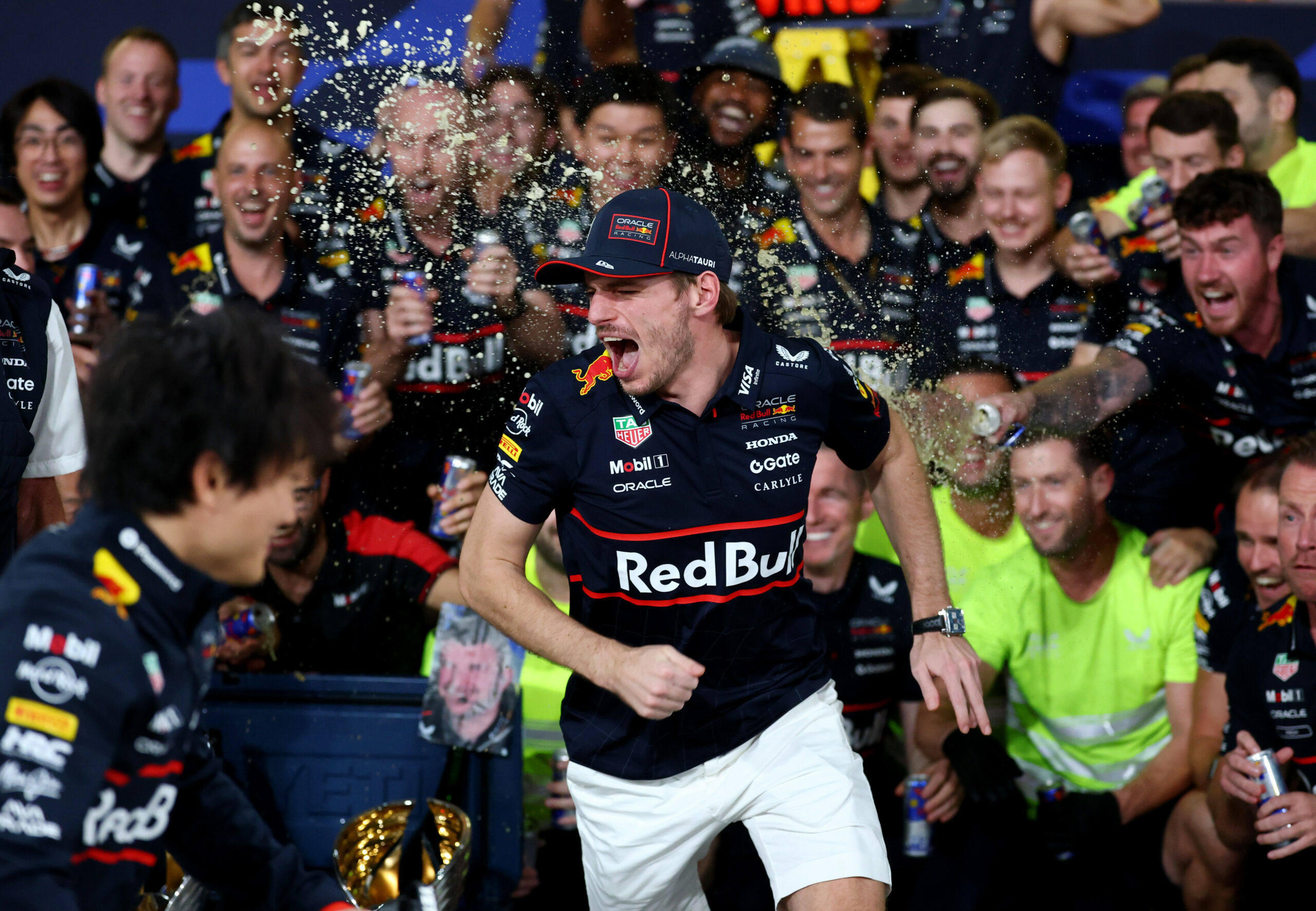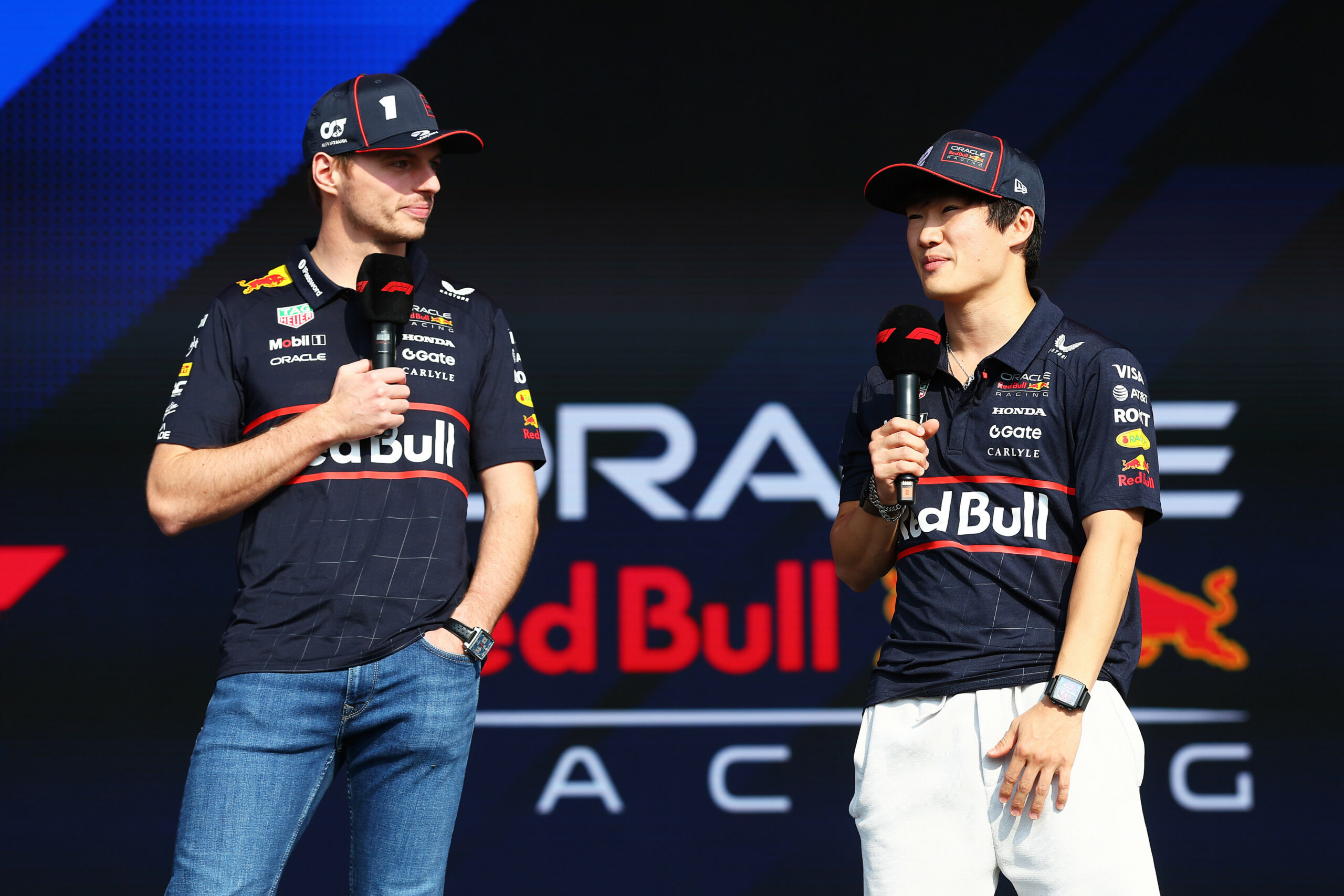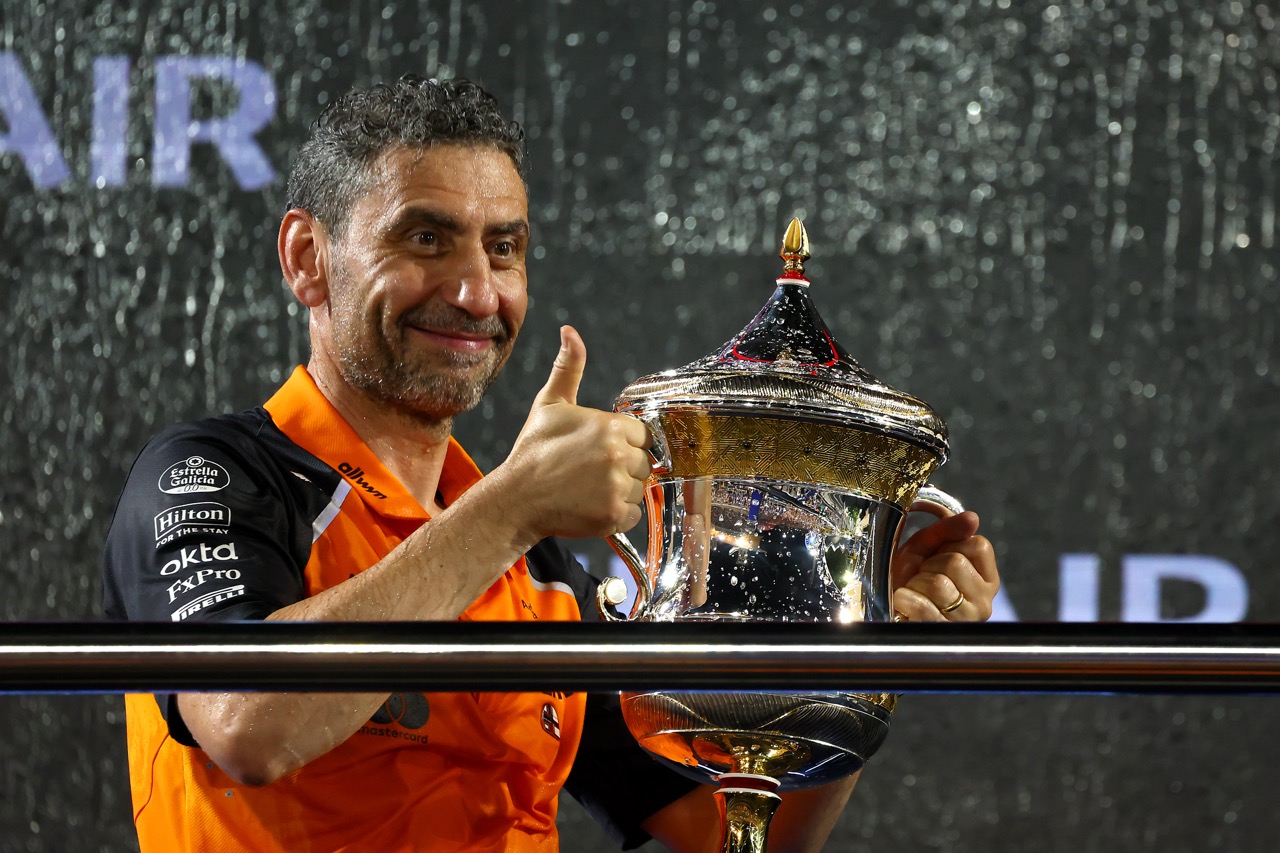Oscar Piastri turned a messy F1 São Paulo GP into a quiet recovery. On lap five he dived inside Kimi Antonelli and Charles Leclerc, locked up, and caused the contact that broke Leclerc’s suspension. After serving a 10-second time penalty, he found rhythm again, running close behind teammate Lando Norris. McLaren switched him to soft tyres, and he managed the pace well, trading places cleanly with George Russell and Ollie Bearman. The speed was steady and the execution calm. He crossed the line in fifth, salvaging strong points after a turbulent start.
Piastri defiant after São Paulo penalty, insisting the inside move was on
Piastri maintained he spotted a clear gap on the inside and committed with intent, a brief lock-up arriving as he reached the apex with nowhere left to place the car. He argued the move sat within hard racing and that the contact owed more to narrow margins than to misjudgment, a view he held even as the stewards handed down the penalty.
“In my opinion, I had a very clear opportunity up the inside, went for it. Yes, there was a lock-up, but I was firmly on the apex, on the white line. I couldn’t go any further left, and I can’t just disappear.”
The call became another setback in a weekend already heavy with complications, yet he absorbed it and moved on. From Piastri’s perspective, the clash did not define his race of the F1 São Paulo GP, it simply joined a list of challenges to manage. Given the same picture, he said the decision would not change because the opening remained one he believed a frontrunner had to take.
“So, the decision is what it is. It was one of a number of difficult moments through today and this weekend, but I wouldn’t have done anything differently if I had another chance.”
Caution on damp inside, move stayed under control during the restart of the F1 São Paulo GP
Piastri acknowledged he was slipping back at turn-in, attributing it to rivals braking very late, while the inside stayed damp and demanded caution. The outside, he noted, offered far more freedom to push. Even with a brief lock-up, he kept the car pinned to the inside white line and felt the move remained under control as long as he held that path. The outcome stood, and he treated it as another moment to absorb on a difficult day rather than a mistake to rewrite.
“I would say I was losing ground, yes, but that was because I think the other two were braking very late. It was a bit damp on the inside, so I was probably a bit cautious with that. But obviously, when you’re on the outside, you can take much more liberty.
“Again, there was a lock-up, but I think the fact that I managed to keep it stuck on the inside white line with a lock-up, I was pretty firmly in control if I can keep my line. It is what it is.”
Questions idea that lock-up meant loss of control and says no room to yield
Piastri stopped short of calling the stewards’ reading naïve, yet he questioned the idea that a locked tyre automatically meant a loss of control. From his view, the run into Turn 1 put him fully alongside no sensible option to yield, and any attempt to carry more speed would have crossed into ambition rather than judgment. He stressed that the car met the apex and sat as far left as the track allowed, which left little room to reinterpret the line he chose. Had he washed wide and missed the corner, he said the call would have been easier to accept, but with the nose planted, and the position earned, he felt the incident looked different from the cockpit.
“I don’t know. No matter what way you look at that, I’m not sure where I’m supposed to go. Because when you have that good of a run into Turn 1, and you’re fully alongside, you’re not just going to back out.
“I think to try and go in any deeper than I did would have been ambitious, and I was where I was. So I think in that scenario, if I was clearly understeering and missing the apex, and then it hit me, then sure, I’d understand, but the fact that I was as far left as I could have gone makes it tough.”
Fine margins with big consequences during the F1 São Paulo GP
Piastri said he had already made peace with the race-day call and treated it as part of the job. The tougher moment arrived during the Sprint Race of the F1 São Paulo GP, when Piastri drifted onto a damp line just as Norris kicked up a wall of spray. That burst of water tipped a small misread into a bigger mistake, a detail he half framed as a reason and half waved away as an excuse. In his view, the weekend ran on razor-thin margins that might have gone either way, yet each slip carried consequences that felt far larger than the error itself.
“I think the decision today I’m already pretty at peace with. It kind of is what it is, but yesterday, probably on a part of the track I shouldn’t have been on, but when I saw how much water got dipped up by Lando [Norris]. Whether you could call it an excuse or a reason for crashing, I don’t know.
“I think I’d still call it an excuse. It’s just very, very fine margins and tough moments, and things that could easily go either way that are creating big consequences at the moment.”





